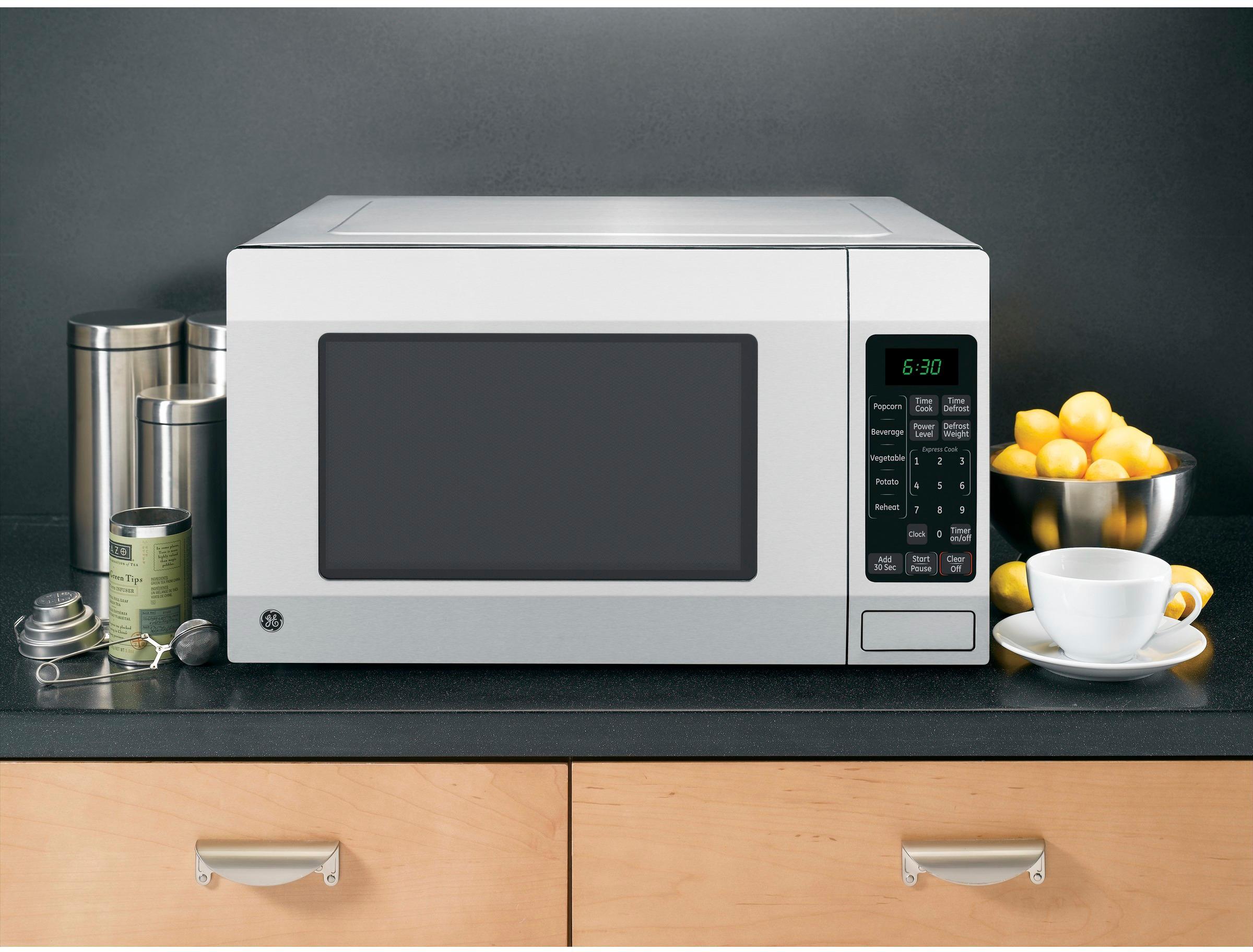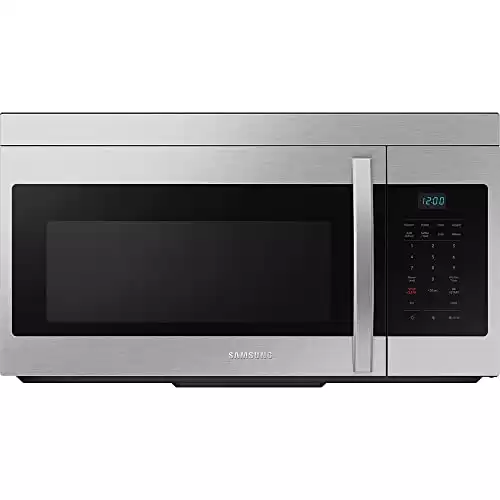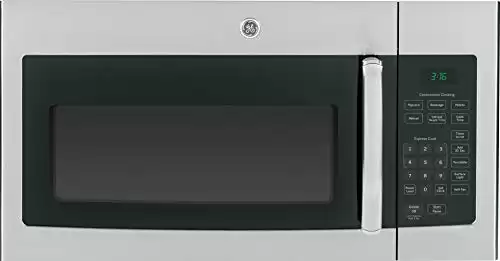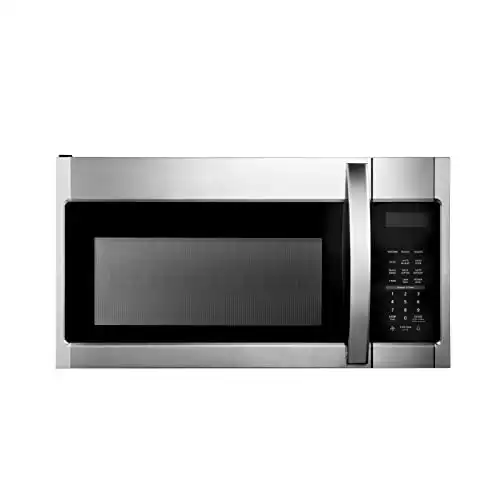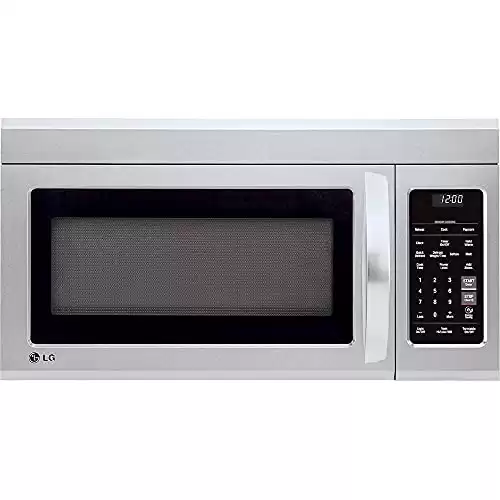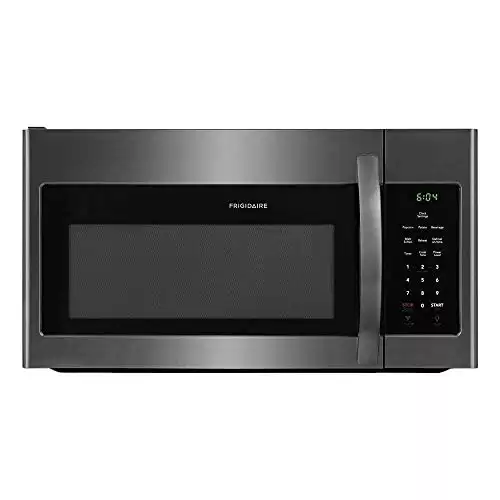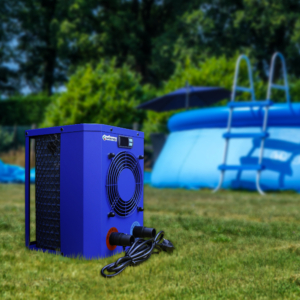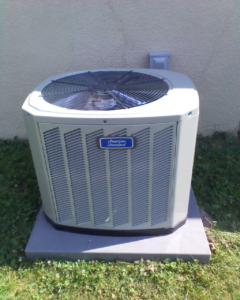Top 10 Myths About Microwave Wattage
Microwaves have become an essential appliance in any modern kitchen. They can quickly heat or cook various foods, from frozen dinners to popcorn. However, with so many models and wattage options available, it can be challenging to determine the best wattage for your residential property. In this article, we’ll explore the different factors to consider when choosing the best wattage for microwaves and the recommended wattage for different cooking needs.
Here are the top 10 myths about microwave wattage:
- Myth: Higher-wattage microwaves always cook faster than lower-wattage ones. Fact: While higher-wattage microwaves can cook food faster than lower-wattage ones, cooking times also depend on the type of food and the power level used.
- Myth: Low-wattage microwaves are not powerful enough to cook food properly. Fact: Low-wattage microwaves can still cook food properly, but it may take longer than a high-wattage microwave.
- Myth: Using a high-wattage microwave will always burn or overcook food. Fact: By adjusting the power level and cooking time, you can prevent burning or overcooking food in a high-wattage microwave.
- Myth: High-wattage microwaves are more energy-efficient than low-wattage ones. Fact: High-wattage microwaves consume more energy than low-wattage ones, so they are not necessarily more energy-efficient.
- Myth: You need a high-wattage microwave to cook frozen foods properly. Fact: A microwave with 700-900 watts can cook most frozen foods properly with the right cooking time and power level.
- Myth: Low-wattage microwaves are only suitable for basic tasks like reheating leftovers. Fact: Low-wattage microwaves can also cook simple meals and some frozen foods.
- Myth: Microwaving food in a higher wattage setting will make it taste better. Fact: The wattage of a microwave does not directly affect the taste of the food.
- Myth: Using a higher-wattage microwave will damage the nutrients in food. Fact: The wattage of a microwave has no direct effect on the nutrient content of food.
- Myth: High-wattage microwaves are always more expensive than low-wattage ones. Fact: While high-wattage microwaves can be more expensive, affordable models are also available.
- Myth: The wattage of a microwave is the only factor that affects its performance. Fact: Other factors like the microwave’s quality, the cooking cavity’s size, and the availability of advanced features also affect its performance.
Factors to Consider When Choosing the Best Wattage for a Microwave
When selecting a microwave, it’s essential to consider your cooking needs and habits, kitchen size and layout, energy efficiency, and cost.
Cooking Needs and Habits: A lower wattage (around 700-900 watts) may suffice if you use your microwave mostly for reheating leftovers or beverages. However, if you frequently cook meals in the microwave or need to cook frozen foods, a higher wattage (1000-1200 watts) may be necessary.
Kitchen Size and Layout: The size of your kitchen and the layout of your cabinets and countertops may also impact the wattage you choose. A smaller microwave with lower wattage may be more suitable if you have limited counter space.
Energy Efficiency: A microwave’s wattage also affects its energy efficiency. Higher-wattage microwaves consume more electricity than lower-wattage models, so if you’re concerned about your energy bill, choose a lower-wattage model.
Cost: Generally, higher-wattage microwaves are more expensive than lower-wattage models. However, choosing the right wattage for your cooking needs can save you money in the long run by reducing cooking times and energy consumption.
Here are five popular microwaves specifically designed for over-the-range installation:
- GE JVM3160RFSS 30″ Over-the-Range Microwave
- Samsung ME16K3000AS/AA 1.6 cu. ft. Over-the-Range Microwave
- BLACK+DECKER EM044KB19 Over The Range Microwave Oven with One Touch
- LG LMV2031ST 2.0 cu. Ft. Over-the-Range Microwave
- Frigidaire FFMV1846VD 30″ Over the Range Microwave Oven; 1.8 cu. ft. Capacity
| Product Image | Product Name / Price / Primary Button |
|---|---|
Recommended Microwave Wattage for Different Cooking Needs
Heating Beverages and Leftovers: If you primarily use your microwave for reheating beverages and leftovers, a wattage of 700-900 watts should be sufficient. These microwaves are typically less expensive and take up less space.
Cooking Simple Meals and Frozen Foods: A wattage of 1000-1200 watts is recommended for cooking simple meals or frozen foods. These microwaves cook more quickly and evenly, making them ideal for those who want to save time in the kitchen.
Cooking More Complex Dishes: A higher wattage (1200-1500 watts) is recommended for more complex dishes requiring longer cooking times. These microwaves are more expensive but can reduce cooking times significantly.
Here are the top 10 frequently asked questions about microwave wattage, along with their answers:
- What is microwave wattage? Microwave wattage is the measure of the power output of a microwave oven. It determines how quickly and efficiently the microwave can cook or heat food.
- How does wattage affect the performance of a microwave? The wattage of a microwave oven determines its cooking speed and efficiency. Higher-wattage microwaves can cook food faster and more evenly than lower-wattage microwaves.
- What is the ideal wattage for a microwave? The ideal wattage for a microwave depends on your cooking needs and habits. A microwave with 700-1200 watts of power is sufficient for most households.
- What is the difference between high-wattage and low-wattage microwaves? High-wattage microwaves have more power and cook food faster than low-wattage microwaves. However, they also consume more energy and can be more expensive.
- Can I use a high-wattage microwave for simple tasks like reheating leftovers? You can use a high-wattage microwave for simple tasks like reheating leftovers. However, it may take some experimentation to find the right power level and cooking time to avoid overcooking or overheating your food.
- Will a lower-wattage microwave take longer to cook food than a higher-wattage one? Yes, a lower-wattage microwave will take longer to cook food than a higher-wattage microwave. However, cooking times can be adjusted by changing the power level or cooking time.
- Can using high-wattage microwave damage my food? A high-wattage microwave can damage your food if you overcook it or use the wrong power level. However, with proper settings and cooking times, a high-wattage microwave can cook food quickly and evenly without damaging it.
- Can a higher-wattage microwave cooks food more evenly than a lower-wattage one? Yes, a higher-wattage microwave can cook food more evenly than a lower-wattage one, as it can distribute heat more quickly and uniformly throughout the food.
- How much energy does a high-wattage microwave consume compared to a lower-wattage one? A high-wattage microwave will consume more energy than a lower-wattage one, requiring more power to operate. However, the energy consumption will depend on usage frequency and cooking time.
- Can the wattage of a microwave affect its lifespan or durability? The wattage of a microwave does not directly affect its lifespan or durability. However, higher-wattage microwaves may be more expensive and have more complex internal components, impacting their lifespan and repair costs.
Conclusion: Finding the Best Wattage for Your Microwave
In summary, when selecting the best wattage for your microwave, consider your cooking needs and habits, kitchen size and layout, energy efficiency, and cost. A wattage between 700-1200 watts is sufficient for most residential properties. However, a higher wattage may be necessary if you frequently cook complex dishes or need to cook large quantities of food. You can enjoy quick and efficient cooking with your microwave by choosing the correct wattage for your cooking needs.
Here are five popular microwaves specifically designed for over-the-range installation:
- GE JVM3160RFSS 30″ Over-the-Range Microwave
- Samsung ME16K3000AS/AA 1.6 cu. ft. Over-the-Range Microwave
- BLACK+DECKER EM044KB19 Over The Range Microwave Oven with One Touch
- LG LMV2031ST 2.0 cu. Ft. Over-the-Range Microwave
- Frigidaire FFMV1846VD 30″ Over the Range Microwave Oven; 1.8 cu. ft. Capacity

